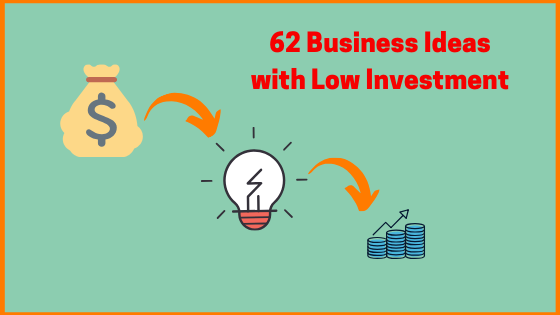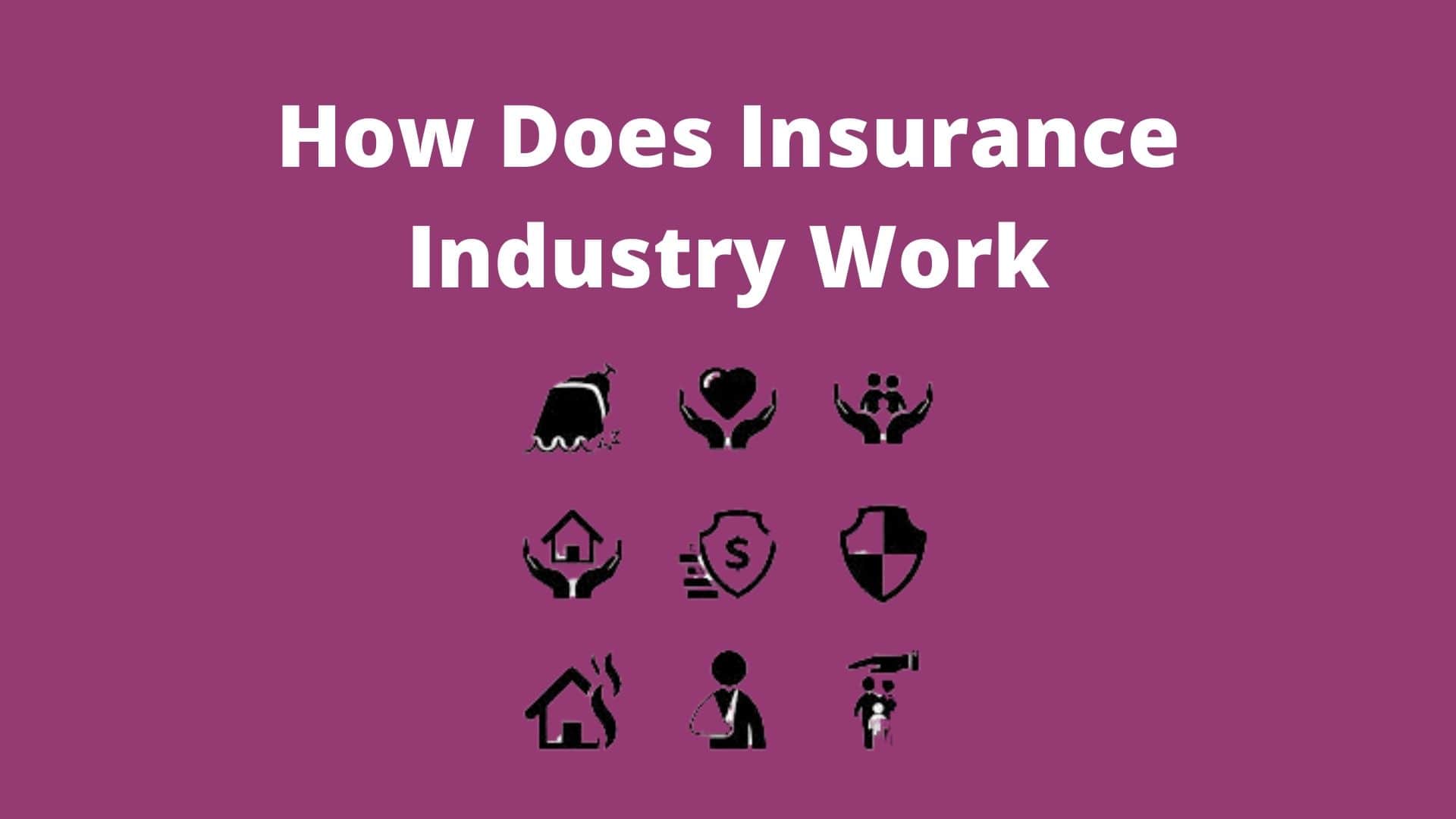The investment landscape in India is fragmented and spilt between the haves and the have not. Over the last decade, India has seen an increase in the inflow of foreign direct investment (FDI). More MNCs have been opening their offices and expanding their businesses here, resulting in a wealth of job opportunities. The Bangalore based Minance has stepped forward to solve the chaotic investment landscape of the country by making three fundamental changes.
The company is vesting its focus on making investing more accessible, making the process more transparent and finally working towards centralization. Investing for higher returns has become an important factor in the average Indian’s financial planning. While there are many wealth management firms targeting high net worth individuals (HNIs) and their impressive portfolios, there aren’t many players in the market helping the average Indian invest his/her hard-earned savings and realize profits from otherwise idle assets.
This is where Minance steps in to make a difference. The company aims to change that by helping investors from all walks of life invest in products that were earlier available only to the ultra-rich. Right from financial handholding, transparent dealing of investments through a customer friendly dashboard, to centralization of investments and taxation, Minance is giving the Indian consumer financial independence in the true sense of the term.

A brief about Minance
Minance is a private wealth management firm focused on providing a comprehensive range of investment product for its partners. Minance uses a combination of complex algorithms and fundamental research to guide our investment across derivatives, equity, mutual funds and private equities. Minance was founded in the year November 19th, 2014 by Anurag Bhatia. The vision is to be a one stop solution for investor’s financial needs. The company also provides taxation services and is expanding to insurance, credit, and international equities.
Minance manages the investments of its partners across a range of asset classes from equities and derivatives to mutual funds and stocks of fast-growing private companies and startups. In just four-and-a-half years, Minance has 3,000 partners and an Asset under Management (AUM) of over $41 Million (Rs. 300 Crore). Bhatia the founder of Minance says that, “Our internal tagline is the money company and we want that to be a reality. To that end, we will soon be expanding into insurance and credit”.

When it comes to the history of minance, the company was started when Bhatia was still employed under Amazon. He noticed how a lot of employees who had vested their Amazon stocks but didn’t know what to do with the money. Bhatia who then was known to be the ‘stock market guy’, would help them make a deal in which he would manage his colleague’s investments in return for 1/5 of the profits. This led to Bhatia making a company known as Minance. The company, which initially offered just derivatives, soon gained traction among investors because of its low investment ceiling of Rs 25,000.
Bhatia became well known after becoming a top writer on Quora. Impressed with his knowledge of the markets, people started pouring in to invest through Minance. The young founder says that he’s been humbled by the overwhelming response to his company. “The journey has been challenging at times. What we set out to do hadn’t been done this way before and we had to build a lot of things from scratch, especially the technology,” he says. Now the investment management firm has around 3,000 partners and has an Asset Under Management (AUM) of over Rs. 300 Crore

Standing out in the crowd
What makes Minance stay ahead is their belief of simply establishing a personal relationship with the people who invest with them. Over the years, the company has managed to build a family of clients who have restored their faith in Minance. Minance has been able to carve out a niche for itself in the competitive market with established players like Tata, HDFC, Future Capital, Kotak Mahindra Capital, Edelweiss stock broking and many more.
The founder of Minance, Anurag Bhatia says that, “Small retail investors were catered to by mutual funds and the ultra-rich (investments of Rs. 30 Crore and more) went with players like ASK, HDFC, Kotak, etc. We take care of the needs of those in the middle, people who can invest anywhere between Rs. 5-10 Lakh to a few crore”. Minance products are designed in way that they cater to a wide range of risky profile needs. Minance has a product for everyone whether they are a heavy risk taker hungry for return or conservative investor looking for a stable and consistent gain.

Systematic investments plans (SIPs) are the most popular type of mutual fund as it is easy and convenient, but it comes with a problem as people forget to monitor people forget to monitor them and when market conditions change. Regular monitoring and rebalancing are needed, for which Minance offers managed mutual funds. Bhatia points out that one of the most sought-after products Minance offers is a mutual fund enabled product called Assets Pay Cash, which is designed to generate around 12% additional returns per annum over and above what the mutual fund makes.
Investing through SIPs in stock are harder since you need to gauge the market and track multiple stocks, which is time consuming. “We are making this easier with our equity product (Bloom). Investors can set up a SIP with us, the money is parked into liquid debt funds while we wait for the right time to deploy. This way your money is still invested and we get to pick the right time to enter the market,” explains Bhatia.

Products offered by Minance
The products offered by Minance are varied in nature. The company taps into the unlisted/private equity market and carries out quality research on companies that are revolutionaries in their fields. The team at minance is focused on research and they make a point to delve into specifics before pitching an investments to their clients. Assets Pay cash (APC) is another investment strategy risk averse in nature with an aim to have you generate significant alpha above your mutual funds.
The idea is to collateralize your mutual funds, gain margin and then trade in conservative option positions. With all this, our team of Investment managers and Traders work towards being up to date with the market nuances to make informed decisions for our clients,” he informs. Some of the known products offered by the company are:
- Bloom – Minance long tern equity product is designed to grow your wealth over a 3 to 5 year period. Both Arbor and bloom feature five risk profiles to balance risk appetite with returns.
- Arbor – Minance core derivatives product catering to aggressive investors, Arbor is designed to generate returns of up to 35%. The product is market neutral, meaning it will generate returns regardless of the market direction.
- Private equities – The Company offers shares of promising private companies such as PayTm, Ola Kurlon Mattresses, Nazara, etc.
- Mutual Funds – The company helps its partners identify and manage the most lucrative funds for a given risk level, based on the efficient frontier theory.
- Assets pay cash – This lets the partner make 12% more returns on top of their mutual funds with no additional investments.
- Tax safe – Tax safe is minance online vault which stores user’s tax documents and enables them to file taxes in a fast and hassle freeway.
- Global Equities – Minance latest product enables its partners to invest in a diverse global portfolio comprising of US tech companies, European manufactures, Asian infrastructure firms and many more.
A hardworking team
Minance is backed by a young and self-reliant team that is open to opportunities and willing to learn. Bhatia say that, “Finance at the end of the day is also an empathetic business and if you do not speak to your clients the way you would like to be spoken to, the concept of client service is lost. Our team believes in being honest with our clients.” The aim of the company is to level where it serves the elite Indian crowd.
The idea is to target the rich customers and help them manage their wealth. Traditional methods of investing have existed for centuries and the team is looking for avenues that could help them bounce from these methods to a more advanced ones. “It’s common to worry when it comes to Futures or Options as products because they are quite complex in nature. But that’s where the trick is the want to figure that out. That defines us,” he concludes.

Investments made easy and accessible
Minance partners have access to all these advantages while being able to maintain complete ownership and control of their money. One of the most popular features is a sure shot investor pleaser and the ability to redeem funds anytime. By allowing complete liquidity, Minance takes away whatever apprehensions investors generally have, which make them wary of investing. Minance also enables its partners to access their accounts anytime they wish to see how their funds are doing.
It offers a web dashboard through which partners receive updates and insights about the companies they have invested their funds in. This helps them stay in loop without having to set up additional tickets on their desktop. Wealth management is an important concern for people living in a country burgeoning economically, technologically, and in many other aspects. Minance helps investors as well as novices strike this balance and provides them the perfect platform to spread their wings and experience ultimate financial freedom.












